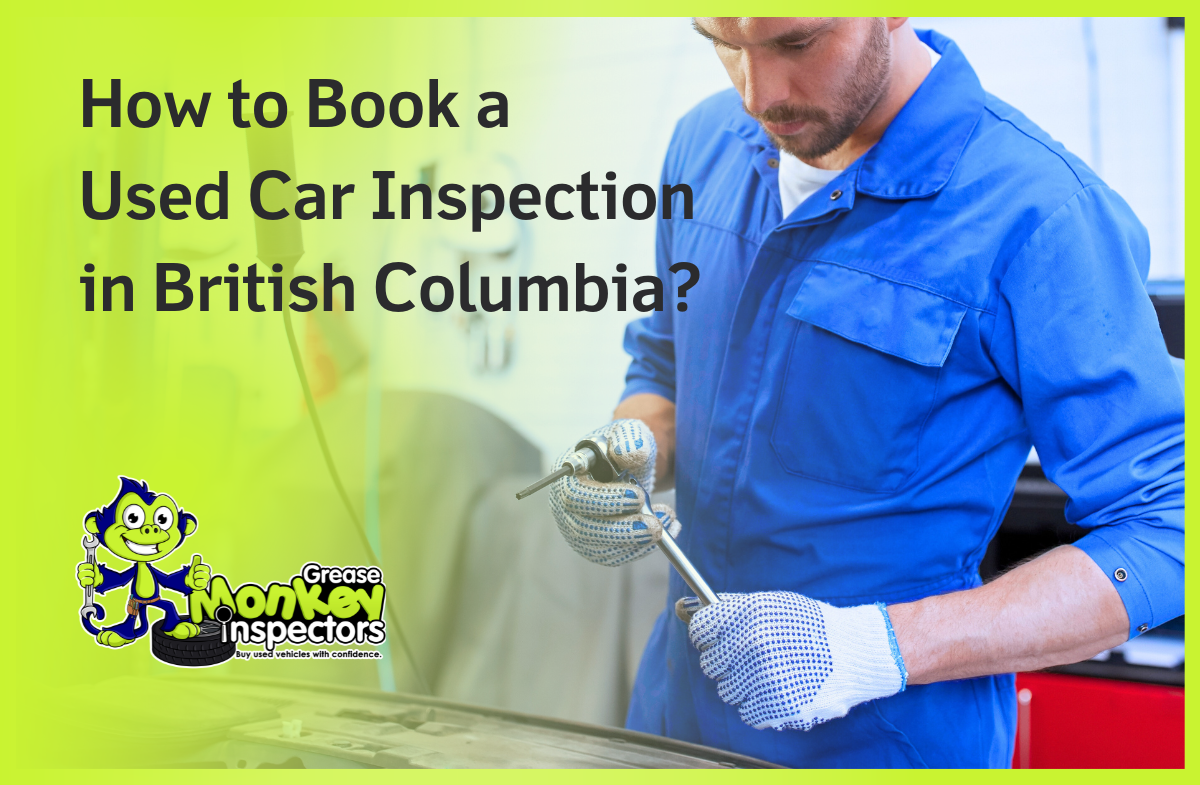A vehicle can look perfect on the outside but hide problems that can lead to surprise repair costs. Following are the 10 commonly overlooked areas to focus on when performing a second hand car inspection before sealing the deal.
1. Under the Hood – Open the hood and check for signs of wear on hoses and belts and fluid levels.
2. Tyre Wear and Alignment – Uneven tyre wear could be a sign of alignment issues or suspension problems. While checking the tyres, ensure they have a minimum tread depth of 1.6mm.
3. Brake Pads and Rotors – Worn-out brake pads or scored rotors are cause for concern. Test the brakes during a short drive. If they feel spongy or make a grinding noise, there could be hidden problems.
4. Suspension System – Push down on the four corners of the car. If it bounces several times, the suspension is probably bad. Squeaking or thuds while driving are also red flags.
5. Exhaust System – Inspect under the vehicle for rust or holes in the exhaust pipe. Heavy smoke, particularly black or blue, could be a sign of engine problems.
6. Lights and Signals – Double-check that all the headlights, brake lights, turn signals, and interior lights are functioning. Don’t forget to check for any cracks or water in the lenses.
7. Interior Electronics and Features – Check air conditioning, windows, stereo systems, and dashboard instruments. They might seem minor but fixing these can be costly.
8. Rust and Corrosion – Check the undercarriage, wheel arches, and doors for rust. Surface-level rusting can ruin the car’s aesthetics, and deep corrosion can jeopardize the car’s structural integrity.
9. Previous Repairs and Bodywork – Mismatched paintwork, uneven gaps between panels and repainted areas are signs of undisclosed accidents or bad repairs.
10. Documentation and Vehicle History – Check the MOT history, servicing documents, and registration documents. Ensure the VIN corresponds throughout the vehicle and documents. Consider purchasing a vehicle history report to look for any outstanding finance, stolen status, or reported crashes.
Here is a list of necessary documents for purchasing a used car in Canada.
Second Hand Car Inspection | Why a Professional Inspection is Critical?
In spite of this checklist, it is difficult for an untrained eye to find hidden issues. That is where Greasemonkey Inspectors come in. Our trained and certified technicians conduct complete used car inspections, with over 300 checkpoints, including underbody, underhood, suspension, and a complete diagnostic scan.










